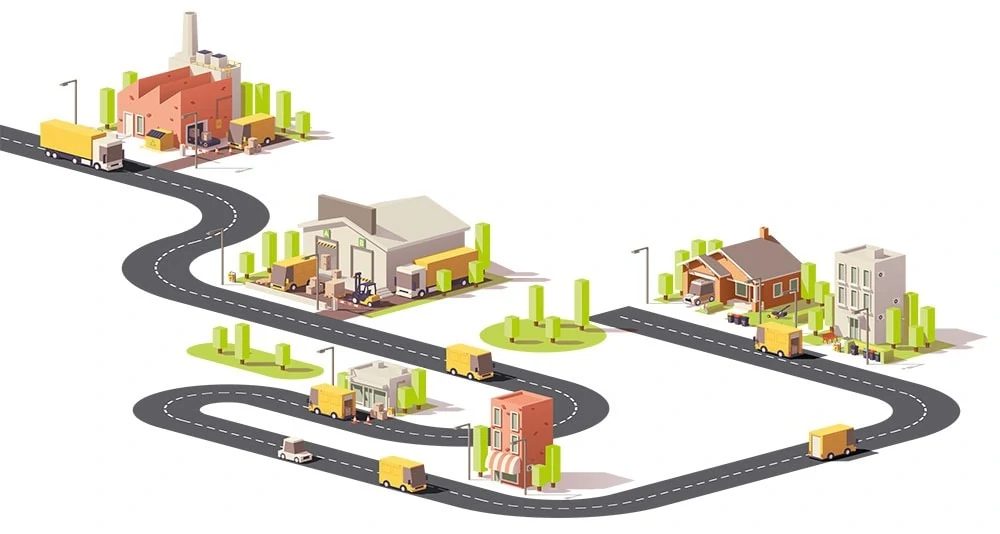Unipart explains how companies can establish themselves along the Belt and Road and what supply chain issues they might face
Building the Belt and Road Initiative
Throughout the world, mass globalisation has increased demand for logistical speed, paving the way for China’s trillion dollar Belt and Road Initiative (BRI), and the exciting new era that will herald.
Even before the BRI, China was investing heavily into its infrastructure though. Between 2001 and 2004, annual investment in rural roads grew by a massive 51 percent and with economic growth accelerating, logistics development remains a top priority for China’s government.
However, logistics costs are approximately twice as high in China as in Japan, Europe, and North America, driven in no small part by the country’s size and high road toll fees.
To complicate matters, there are currently no unified management regulations applicable to all modes of transportation in China. Unlike the US, Canada or other developed countries, China also has no specialised agencies established for coordinating and managing the transportation safety of dangerous goods under various modes of transportation, with each authority managing these processes separately according to their responsibilities.
The Chinese approach to business can be a significant challenge for companies unfamiliar with the territory, not only because it can be more bureaucratic in some areas, but also because they place great emphasis on relationships
Key to navigating such challenges is local knowledge of the supply chain at the planning stage. For example, factoring country road tolls into a budget plan ensures that transportation costs are accounted for, while third-party expertise is valuable in navigating case-specific challenges such as the transportation and storage of dangerous goods.

China’s economic growth and infrastructure development means there are ample opportunities for Western businesses to establish themselves in the Chinese market
China’s economic growth and infrastructure development means there are ample opportunities for Western businesses to establish themselves in the Chinese market, but businesses seeking to take the leap must also be prepared for the market’s unique challenges.
The Chinese approach to business can be a significant challenge for companies unfamiliar with the territory, not only because it can be more bureaucratic in some areas, but also because they place great emphasis on relationships and the need to engage with people upfront.
The Chinese market is heavily regulated, with different trading standards in different places, creating obstacles for international businesses more accustomed to operating under standardised accreditations such as ISO. Failure to comply with regional regulations can directly impact lead times and incur unanticipated costs, emphasising the heightened requirement for risk management when planning and implementing supply chains in China.
Setting up a supply chain in China is a complicated process but to be successful in China’s hyper-competitive market, the start up process is key. Where to store inventory? Should free trade or non-bonded zones be prioritised? How to communicate effectively and respectfully across regions with differing customs and regulations?
China’s shifting economy has created a whole range of opportunities for international business. Unipart has learnt that global companies making and selling products in China can gain huge advantages from reassessing their approach and understanding the importance of supply chain excellence; how it can introduce cost savings, create new revenue, and directly affect brand equity. Successful companies benefit from trusted and experienced partners who understand the challenges of operating in China.
For more information and case studies on Unipart’s approach to logistics, please visit their website.


